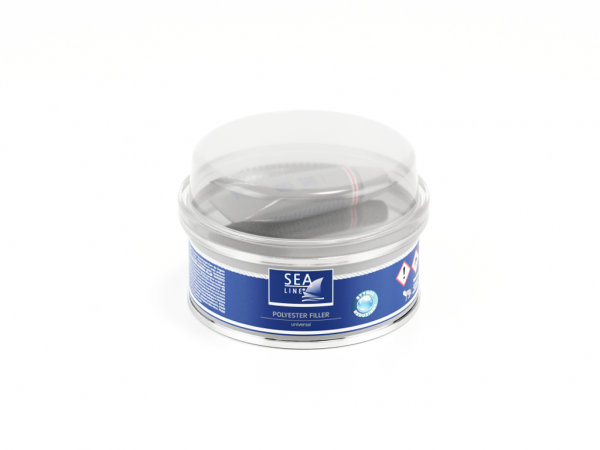
| Type de bateau | GRP laminates, l’bois, l’acier, l’aluminium |
| Endroit | Au-dessus de la ligne de flottaison |
| Function | Réparations rapides |
| Application | Couteau à mastic |
| Rendement théorétique pour 1kg (200qm) | universel – 3,5m2 léger – 4m2 avec fibre de verre – 3,7m2 |
| Temps de travail 20°C | 3-5 min |
| Durée de durcissement 20°C | 20 ± 30 min |
| Couleur | |
| universel- léger- avec fibre de verre – | blance pistache vert clair |
MASTIC POLYESTER
UNIVERSEL :
MASTIC POLYESTER
LIGER :
MASTIC POLYESTER
AVEC FIBRE DE VERRE:
MASTIC POLYESTER
MASTIC POLYESTER (low styrene)
Mastic polyester – universel
Mastic polyester – léger
Mastic polyester – avec fibre de verre
Mastic polyester – universel
Mastic polyester – léger
Mastic polyester – avec fibre de verre
Mastic polyester – universel
Mastic polyester – avec fibre de verre
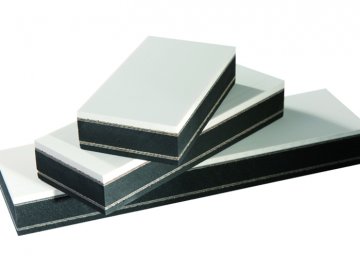
CALE A PONCER EN LIEGE BLOCK A PONCER AVEC INTERFACE EN MOUSSE CALE A PONCER EN PLASTIQUE FEUILLE DE PROTECTION […]
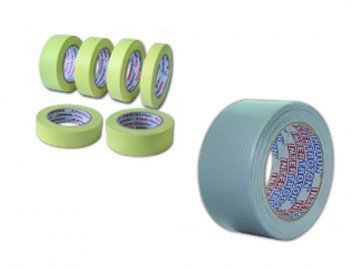
RUBAN SILVER RUBAN RUBAN une adhérence parfaite aux matières plastiques et les métaux. Supprort : papier à crêpage, colle : […]
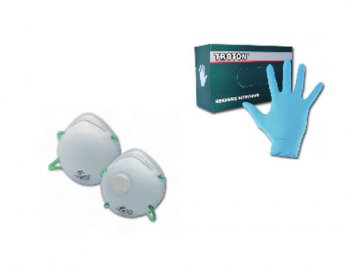
Protéger le système respiratoire Gants en nitrile jetables « MASTER » Gants en nitrile jetables Vêtements de protection Vêtements de protection Coller […]
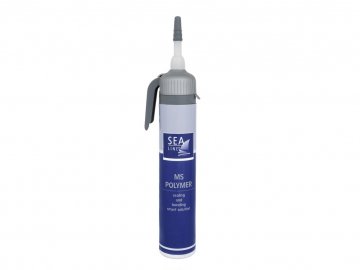
Is elastic sealant recommended for sealing and bonding various types of materials. PRODUCT DISCRIPTION: POLYMER is recomended for use on […]
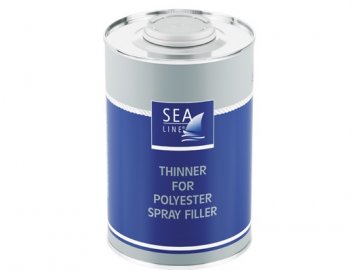
Emballage 1l codes 7934 TECHNICAL INFORMATION: SDS
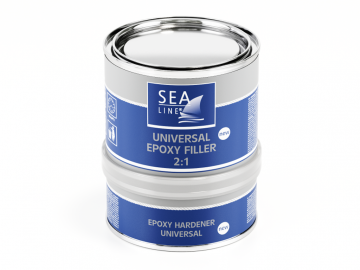
Mastic époxydique universel NOUVEAU 2:1 DESCRIPTION DU PRODUIT: réparation de petits et fins défauts formés à cause de l’action de […]
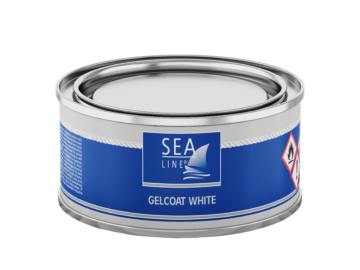
Gelcoat based on IZO/NPG resin, thanks to which it achieves good resistance to weather conditions and high mechanical properties. Primarily […]

Le produit destiné au remplissage des lacunes et à la liquidation des inégalités résultant des dommages ou des inégalités qui […]

La protection de la surface du bateau contre l’influence destructrice de l’osmose et de la corrosion dans des conditions difficiles

La protection contre l’eau et contre l’influence néfaste des rayons UV

La protection du fond du bateau contre l’encrassement par les algues et contre les coquillages. La protection contre l’eau

Une élimination efficace des fissures, le rafraîchissement de la couleur et du brillant du gel coat ou du vernis

Préparations spéciales pour le nettoyage et la remise en vigueur

Laminage, collage et de remplissage des fissures dans gelcoat

Beaucoup de produits utiles pour les travaux de construction d’un bateau